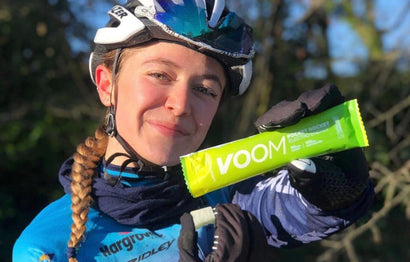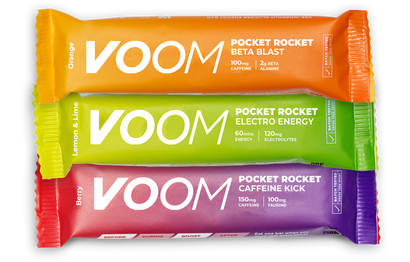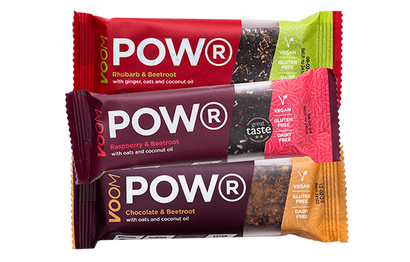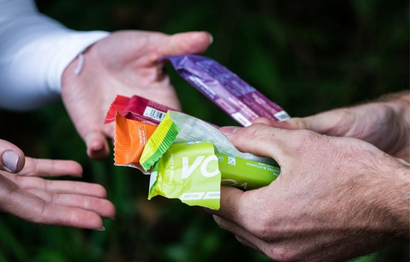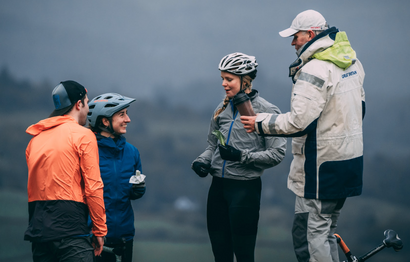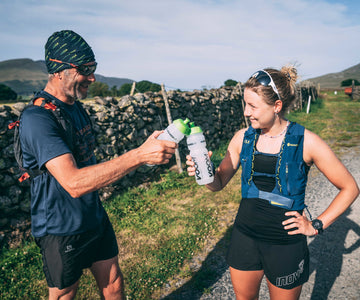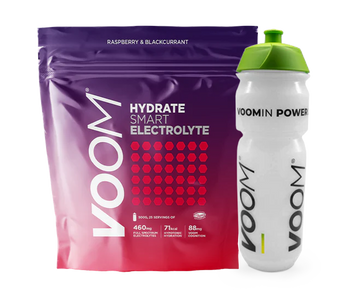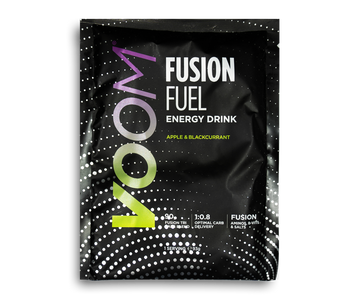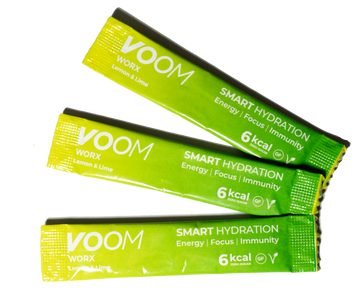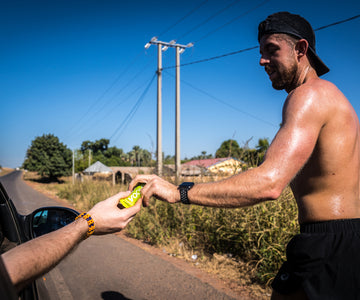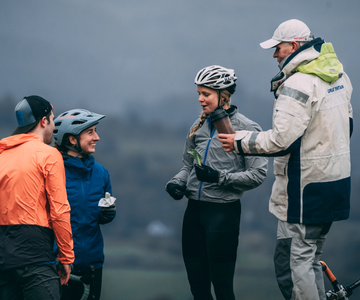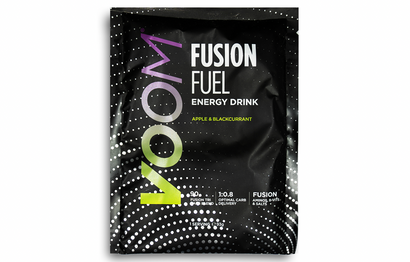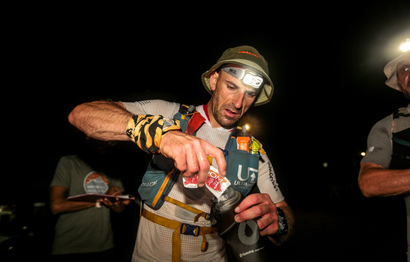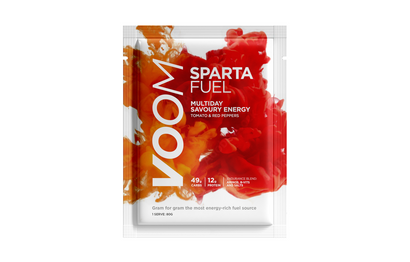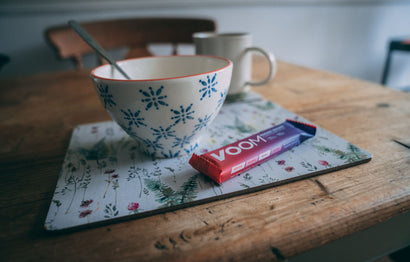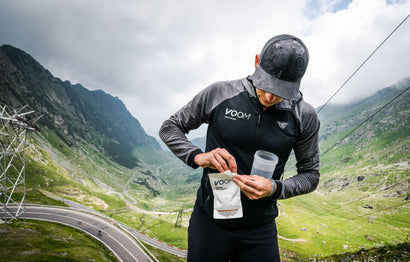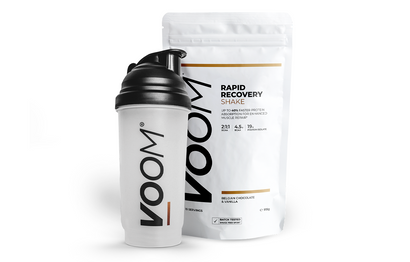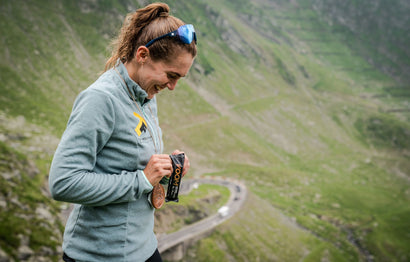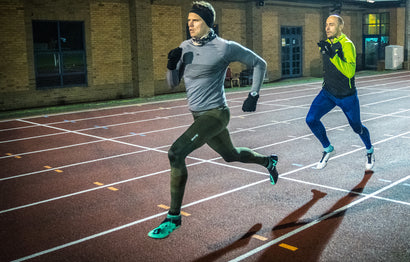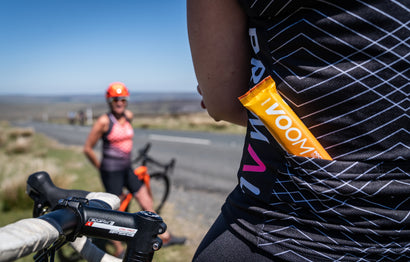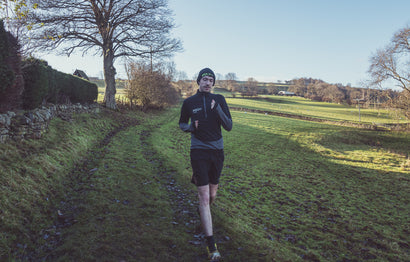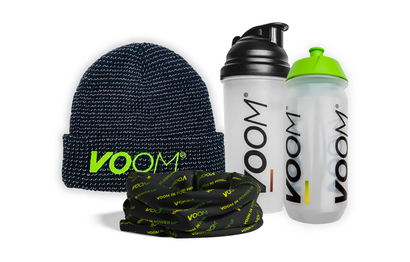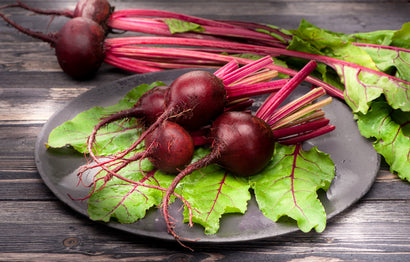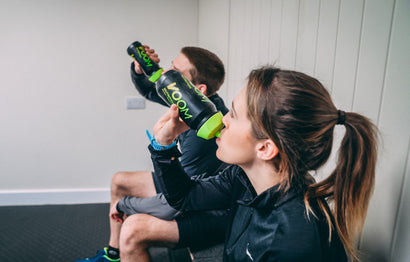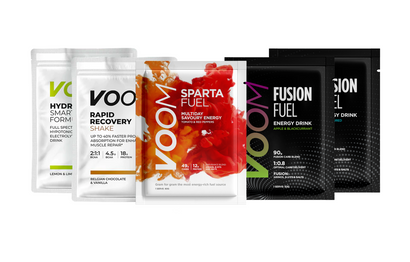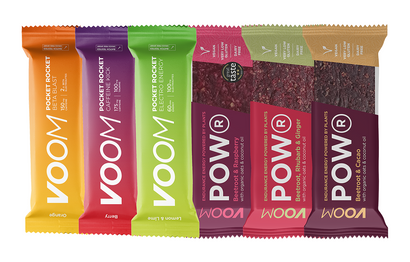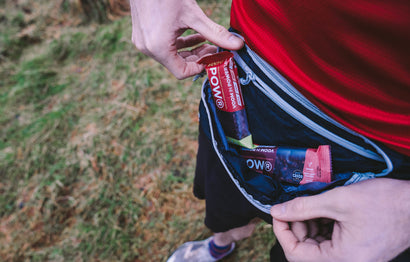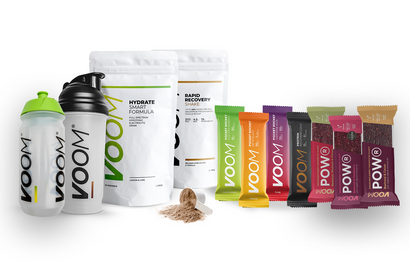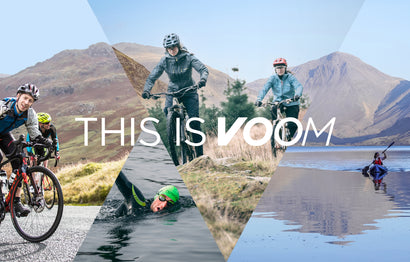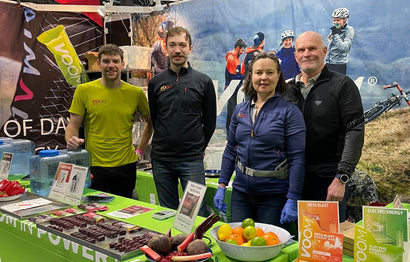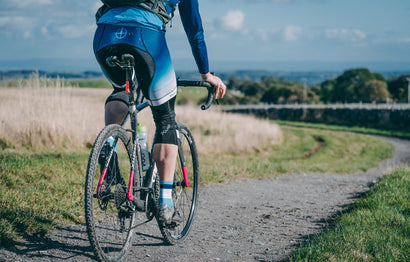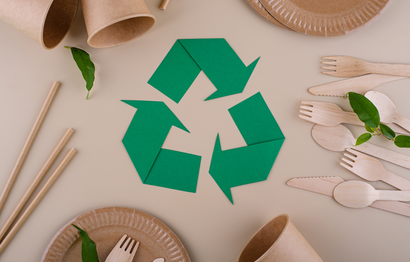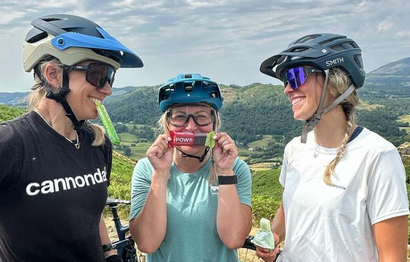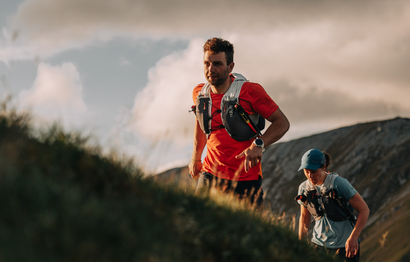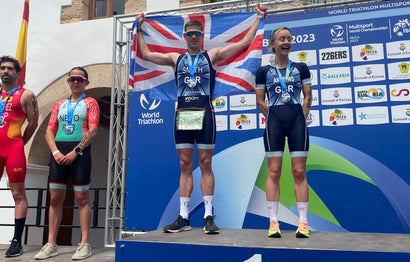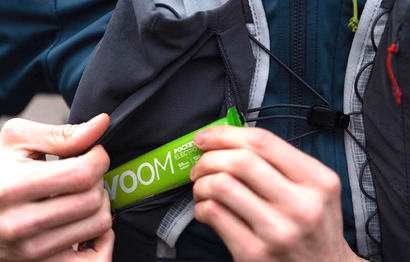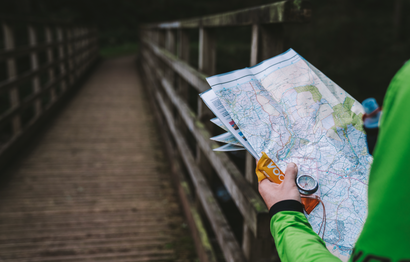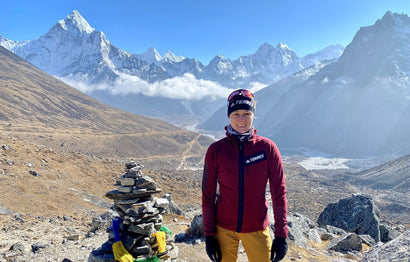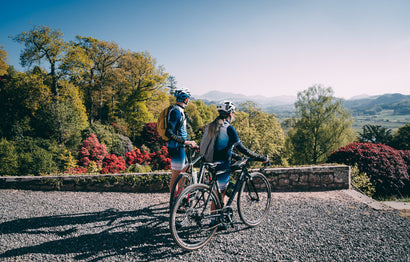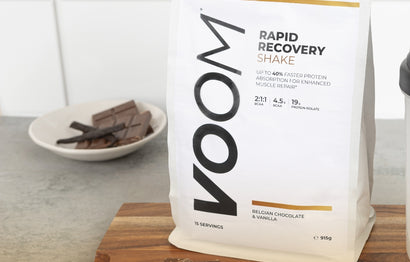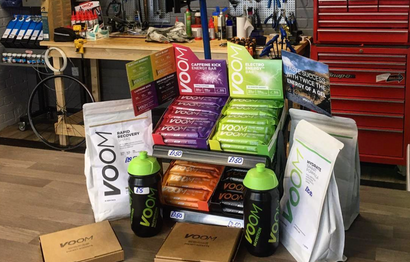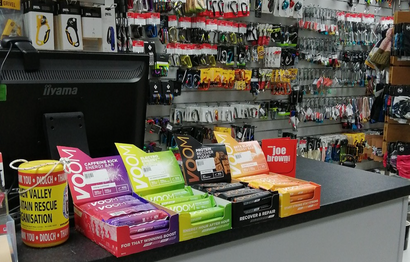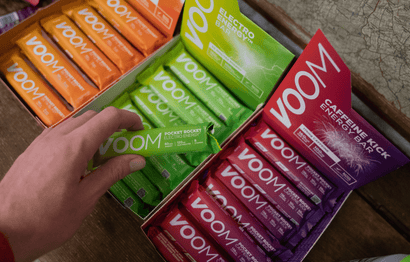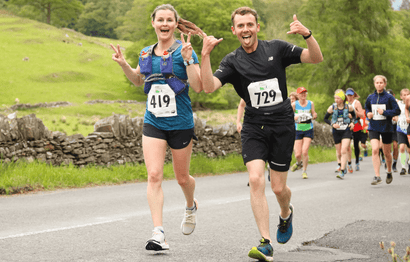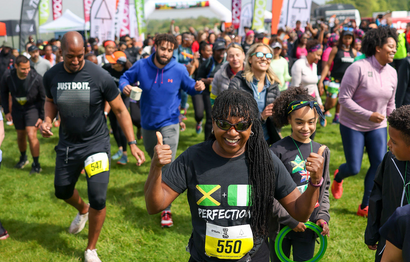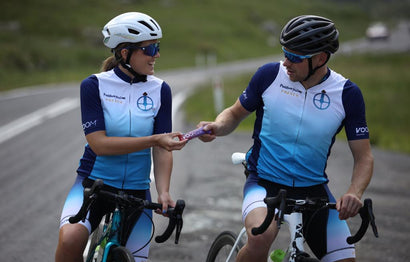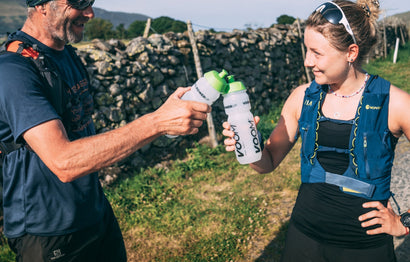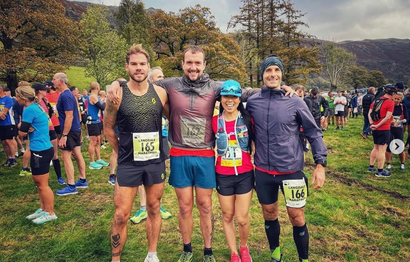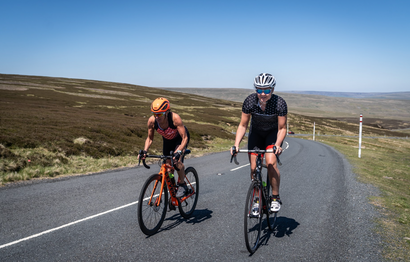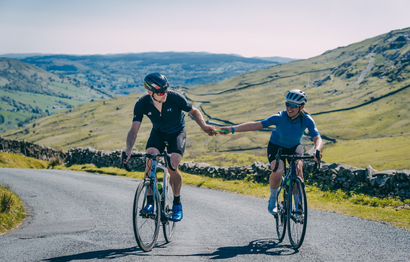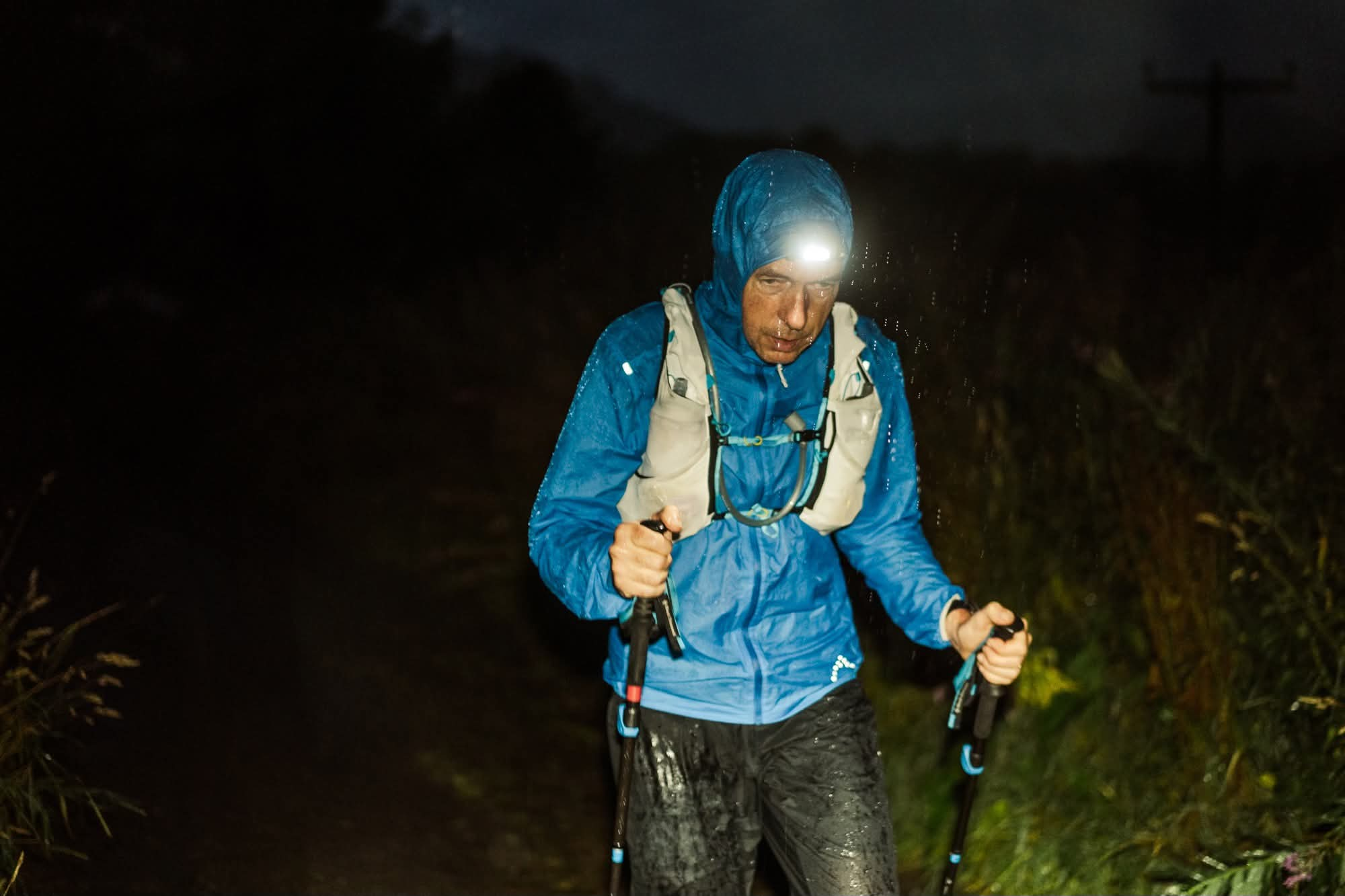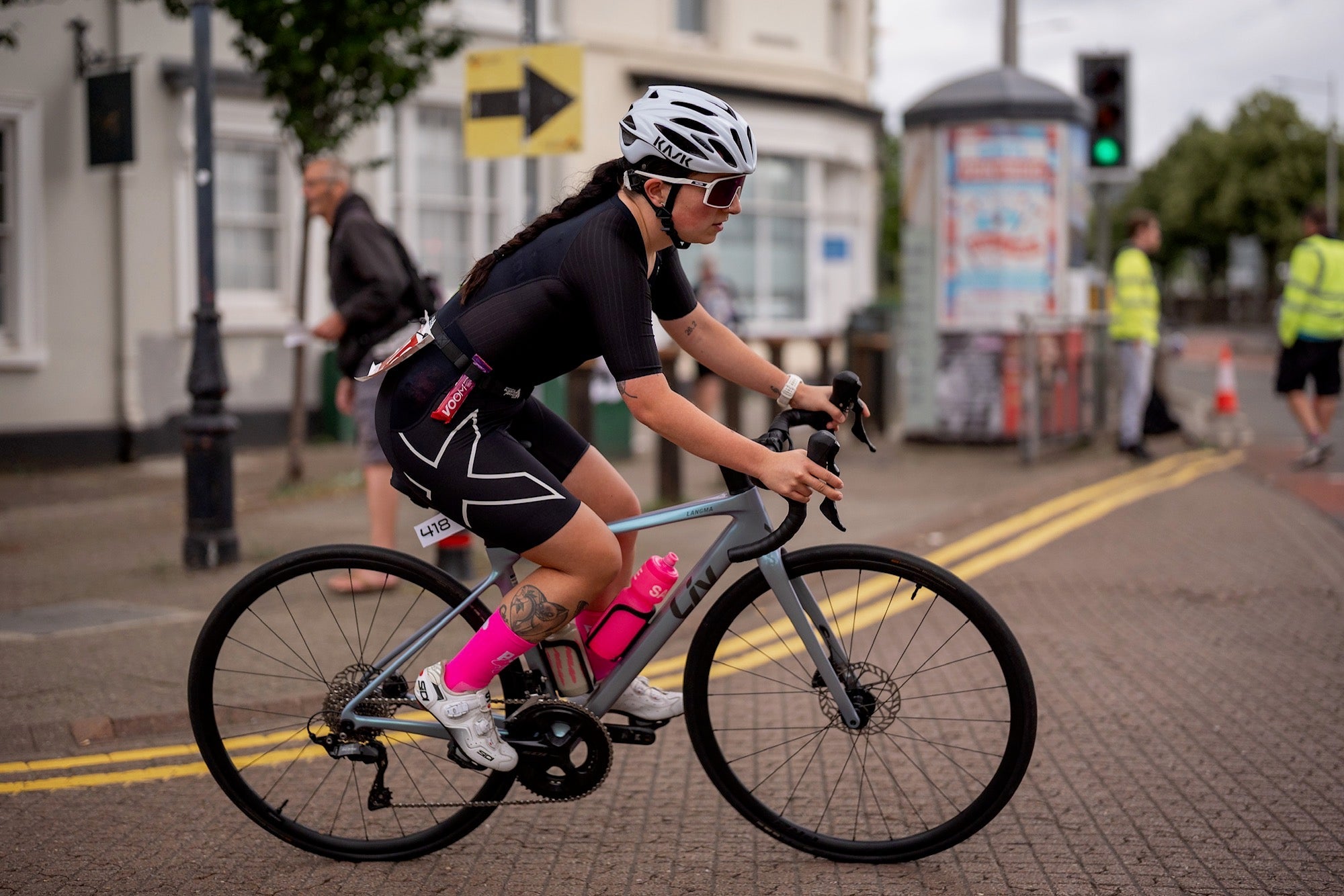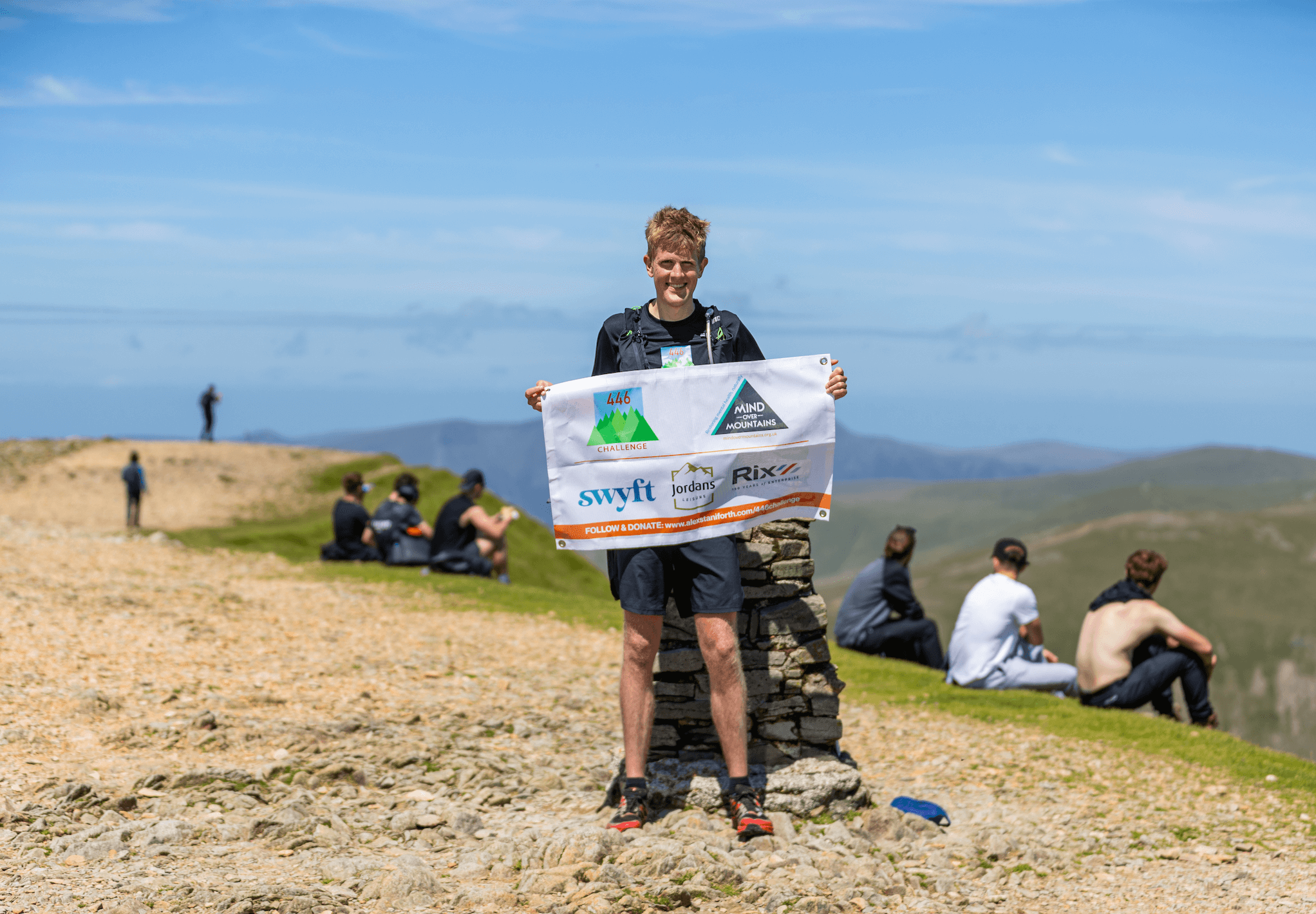In this special feature, we catch up with the team behind a bold winter expedition to Baffin Island, a place of vast glaciers, untouched wilderness, and endless opportunity for exploration. From false starts and route adaptations to first ascents and cultural connection, here’s their story in full.
The Expedition Overview

Why Baffin Island?
Baffin Island was a long time in the making. We’d originally planned the trip for 2022, but post-COVID challenges delayed it. The idea came from Tom, who suggested the destination on another Arctic trip. The appeal? Arctic remoteness, wilderness, and a surprising number of unclimbed peaks. We set out to complete a self-supported expedition and climb several summits Tom had identified through older trip reports.
Main Goals of the Trip
We selected three main peaks that appeared unclimbed in archived expedition reports. The goal was to summit these, and possibly others, based on conditions and opportunity.
Choosing the Route
Logistics were everything. The Weasel River Valley offered known snowmobile routes and a clear starting point from Pangnirtung. But we opted to head over to Kingnait Fiord and traverse back via glaciers, making it a true winter traverse.
Challenges and Adaptations

A False Start in High Winds
That moment was a wake-up call. We’d made it to Pangnirtung without a hitch — and then suddenly found ourselves being blown sideways on a frozen lake, snowmobile parts ripping off. It reminded us that the Arctic doesn’t care about your plans. We stayed positive, adapted, and began looking at sheltered access options.
Changing the Drop-Off Point
Ultimately, weather forced the decision. The Kingnait Fiord was too exposed. Locals in Pangnirtung recommended the more protected Pangnirtung Fiord — an area they regularly access, even in bad weather. Their insight was invaluable.
The Impact of Glacier Recession
This was our toughest moment. Our planned route to the Gateway Glacier became inaccessible due to glacial retreat and poor snow cover. Cols we expected to ascend were exposed and crumbling. We lost days attempting alternatives before replanning and shifting objectives.
Route, Terrain, and Technical Challenges

Portaging to the Nerutusoq Glacier
Brutal. Soft snow, warm days, and deep post-holing made it feel endless. We had to triple-carry loads up the slope, retracing steps constantly.
Why the Fork Beard Glacier Became Central
It ended up being our home base. Originally just a route to our main objectives, it became the area we climbed most of our peaks from, and eventually our exit point too.
Technical or Navigational Hurdles?
Not really, aside from the Gateway reroute. Mixed climbing was tougher for me personally, but nothing unmanageable. The sketchiest moment was when a belay failed on Leanne’s abseil, a stark reminder that even “non-technical” terrain can be dangerous.
First Ascents and Naming the Peaks

Confirming First Ascents
Tom took the lead, digging through reports from the ’70s onward and contacting previous teams to confirm routes. Even just a day away from Weasel River, we found numerous unclimbed peaks. The region’s remote nature means access is the real barrier.
The Peak Names and Their Stories

We avoided clichés and focused on meaningful names:
-
Uppijjuaq – Snowy Owl, after a close encounter.
-
Minas Tirith – In line with the neighbouring Tolkien-themed peaks.
-
Aqviq – Humpback Whale, for its dome-shaped summit.
-
Inutuaq – Alone, for its isolated stance in a sea of ice.
-
Ukaliq – Arctic Hare, whose tracks beat us to the summit.
-
Uvingajuq – Diagonal, inspired by the long ramped approach.
-
Atangiijuq – Including Everything, where we saw every peak we’d climbed.
Most Memorable Summit?
The third peak. It wasn’t technical, but it was a punishing day: deep snow, exposed ridgelines, and a 10-hour round trip after days of hauling gear.
Team Dynamics and Cultural Connection

How Did the Team Handle the Challenges?
We’ve all shared Arctic trips before, so it felt natural slipping back into rhythm. For James, his first Arctic outing, it was a steep learning curve, but his climbing experience helped. We discuss everything and make decisions together.
Consulting with the Inuit Community
This was a highlight. Due to weather delays, we spent more time in Pangnirtung. The community was warm, welcoming, and fascinated (if a bit confused) about why we came in winter. Their help with naming and pronunciation added so much to the experience.
What We Learned from the Locals
Our local contact shared stories and wisdom, like why he still wears traditional beaver skin clothing, because it's warmer than anything modern. The sense of heritage and resilience in the community was inspiring.
Nutrition and Fuelling in the Arctic

Planning Nutrition
We relied on spreadsheets and experience from past Arctic trips. This time we probably overpacked, since there was less pulk-hauling and more climbing. Still, better to have too much than too little.
Managing Calories vs. Weight
This is always the trick, you need high-calorie, lightweight, nutrient-dense food. Every gram matters, both for flights and on the sleds. You also accept some weight loss as inevitable.
Adapting Fuel Through the Expedition
Not a major shift for me, but others grew into their portions over time. As we got more fatigued, everyone started clearing their daily rations — and I even dipped into the team's extras!
Go-To Energy Products and Morale Boosters
Soup. Every night. That was a moment to look forward to. We also had hot VOOM Recovery Shakes at the end of the day, a total game-changer in the cold.
Hydration in the Cold
We aimed for 3–4 litres a day, but sunny skies made us sweat more. Sometimes we ran out before camp. We didn’t pack electrolyte supplements due to weight, but balanced intake with our food and extra VOOM Recovery when needed. Sub-zero temps were a challenge, water freezing in the bottles was a constant battle.
Reflection and What's Next

Proud Moments
Just getting this expedition off the ground was huge. The planning, the funding, the logistics, it all took years. Once we were on the ground, it felt easier. Despite setbacks, we achieved multiple first ascents and worked through it all as a strong team.
Hopes for the Mountaineering Community
We hope this inspires others to explore remote ranges. There’s still so much out there — unclimbed, unseen. That said, it’s a fine balance — sharing these places while keeping their wildness intact.
What’s Next?
No major expedition plans just yet, but I’m back training for Ultra races. I’d love to do some multi-day running or attempt an FKT (Fastest Known Time) later this year. Something new, but still adventurous.

Have a question about Arctic expeditions, first ascents, or winter fuelling? Drop a comment below or connect with us on social.
VOOM Nutrition proudly supported the expedition with high-performance fuel, including Recovery Shakes that kept the team going in sub-zero conditions

